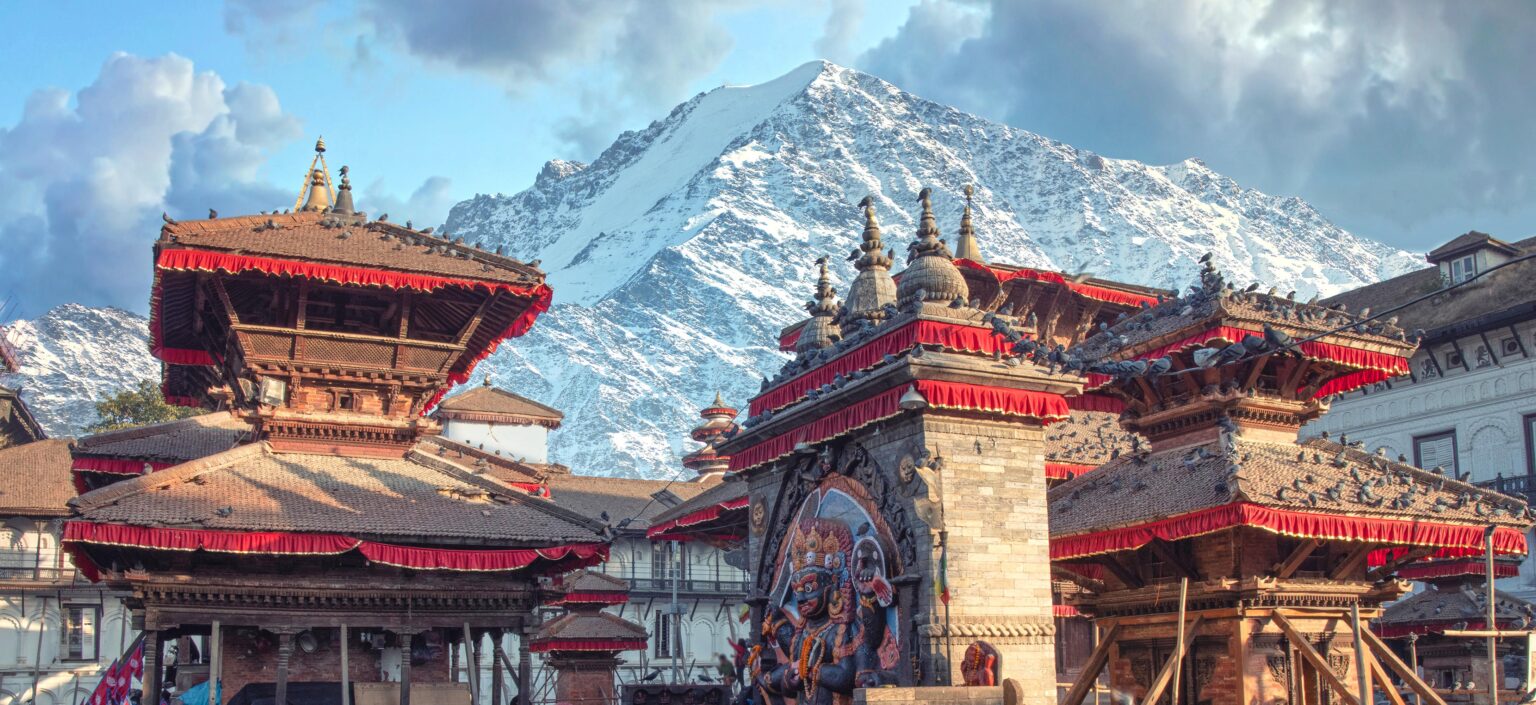Nestled among the towering peaks of the Himalayas, Nepal boasts some of the world’s most challenging and scenic terrains, positioning it as a prime destination for trail running enthusiasts. With breathtaking landscapes and a rich cultural backdrop, the country holds immense potential to emerge as a global trail running haven. However, despite these advantages, several obstacles threaten to hinder Nepal’s ascent in the burgeoning trail running industry. This article explores the factors that could either propel Nepal into international prominence or cause it to miss out on a valuable opportunity.
Nepal’s Untapped Terrain and Scenic Routes Offer Unique Opportunities for Trail Running Growth
Nepal’s vast and varied landscapes present an unmatched canvas for trail runners worldwide. From the rugged cliffs of the Annapurna Circuit to the serene forests of the Langtang region, each trail offers both challenge and spectacular views. The elevation changes combined with diverse terrain-notably steep ascents, narrow ridges, and riverside paths-create routes that are both physically demanding and visually stunning. Adventure seekers are drawn to these natural features, which promise an adrenaline-filled experience unlike any other.
However, to fully capitalize on this potential, infrastructure development and safety measures must keep pace. Vital components include:
- Clear trail markings and maintained pathways
- Reliable emergency response systems
- Accessible accommodation and hydration points
- Community engagement and environmental conservation
Without addressing these, Nepal risks losing out to better-prepared destinations. Collaborative efforts between local authorities, tourism boards, and international trail running organizations will be essential to transforming these scenic routes into world-class trail running venues.
Infrastructure Challenges and Environmental Concerns Threaten Sustainable Development of Trail Running in Nepal
Nepal’s breathtaking terrain offers a natural playground for trail running enthusiasts, but the lack of robust infrastructure remains a significant barrier to fully tapping into this potential. Poorly maintained trails, insufficient signage, and limited access to emergency services challenge both local runners and international visitors. Furthermore, the scarcity of lodging and transportation options in remote regions restricts the development of comprehensive trail networks that could attract larger events and tourism. Without strategic investment and coordination among stakeholders, these gaps risk stalling growth and deterring athletes seeking reliable and safe trail experiences.
Environmental degradation further complicates sustainable trail running development in Nepal. Fragile ecosystems are under pressure from increasing foot traffic, unsanctioned trail expansions, and inadequate waste management. Key concerns include:
- Soil erosion accelerating due to unmanaged trail use
- Waste accumulation disrupting natural habitats
- Threats to biodiversity from unchecked construction and deforestation
Addressing these issues requires a balanced approach that integrates conservation with tourism promotion. Collaborative efforts by government authorities, local communities, and environmental organizations are essential to implement trail maintenance standards, enforce eco-friendly practices, and educate runners on minimizing their environmental footprint.
Recommendations for Stakeholders to Foster Trail Running Tourism While Preserving Nepal’s Natural Heritage
To unlock Nepal’s true potential as a premier trail running destination, key players-ranging from local governments to tourism operators-must prioritize sustainable practices that champion environmental preservation alongside economic growth. Stakeholders should implement strict trail maintenance protocols, enforce waste management systems, and promote eco-friendly tourism packages that respect the fragile Himalayan ecology. Local communities, often the custodians of these natural trails, need to be empowered through training and incentives to engage in responsible tourism, ensuring that their livelihoods evolve without compromising the landscape that draws global runners.
Collaboration across sectors is essential for a balanced approach. Investment in improving trail accessibility must go hand in hand with education campaigns on the importance of conservation and cultural sensitivity. The table below highlights some practical measures and their expected benefits, providing a roadmap for collective action:
| Initiative | Stakeholder | Benefit |
|---|---|---|
| Trail Signage & Safety Checks | Local Authorities & NGOs | Enhanced runner safety & reduced trail degradation |
| Waste Management Programs | Tourism Operators | Cleaner environments & improved visitor experience |
| Community Training Workshops | Local Governments & NGOs | Empowered locals & sustainable income generation |
| Marketing Nepal as Eco-friendly Destination | Tourism Boards & Media | International awareness & responsible tourism growth |
The Conclusion
As Nepal stands at the crossroads of becoming a premier destination for trail running, the nation’s vast natural beauty and challenging terrains offer undeniable potential. However, without addressing critical issues such as infrastructure, safety, and environmental sustainability, this potential may remain unrealized. The coming years will be pivotal in determining whether Nepal can transform its rugged landscapes into a thriving hub for trail runners worldwide or if it will fall short amid the growing competition from established global destinations. Stakeholders, from policymakers to local communities, must collaborate to ensure that Nepal’s trail running aspirations do not simply remain a promise but evolve into a lasting reality.

